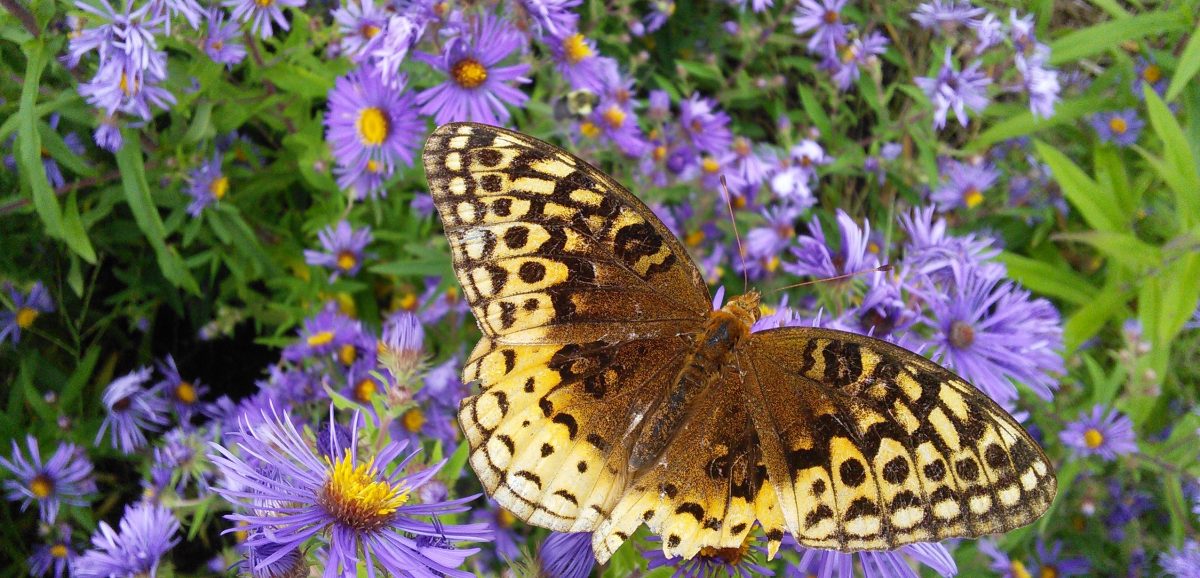

Plight of the Pollinators: What Can We Do About Their
Decline?
Across the Fence is the longest-running locally-produced program in the US. We have been on-air on
WCAX-TV since 1955! Across the Fence is produced by the University of Vermont Extension.
Native Bees of New England
Our mission is to provide information about the bees present in New England including diversity, ecology,
flower preference, and flower ecology in order to increase understanding and awareness of pollinators and
the services they provide.
Bumble Bees of the Eastern United States
This new guide is an authoritative tool for learning about our rich and varied bumble bee fauna. This
field guide will enable people to identify, name, and further explore the colorful and charming bumble
bees. This guide encourages exploring nature firsthand from a new perspective. As one young
scientist said, “I really like bumble bees because they are so fuzzy and cute. It’s hard not to like
them.” With the Guide to Eastern Bumble Bees, we not only admire the Bombus of the East, we can
also identify, understand, and support them as well. Like the canary in the coal mine, several bumble
bees of the eastern region (Bombus terricola, Bombus pensylvanicus, and especially Bombus affinis)
have declined dramatically across their former wide distributions in the past decade. With the proper
identification tools, students and citizen scientists can help professional entomologists track their
populations and learn why we are losing these essential pollinators.
Stephen Buchmann, Ph.D.
International Coordinator North American Pollinator Protection Campaign
(NAPPC), Co-author of “The Forgotten Pollinators”
Native Bees of North America
The Xerces Society
The Xerces Society for Invertebrate Conservation is an international nonprofit organization that protects wildlife through
the conservation of invertebrates and their habitats. Xerces takes its name from the now extinct Xerces Blue butterfly
(Glaucopsyche xerces), the first butterfly known to go extinct in North America as a result of human activities.
Planting native species for pollinators
Conservation Cover (327) for Pollinators: New England Installation Guide and Job Sheet (2012).
Hopwood, J. ROADSIDES AS HABITAT FOR POLLINATORS: MANAGEMENT TO SUPPORT BEES AND BUTTERFLIES.
POLLINATOR BIOLOGY AND HABITAT New England Biology Technical Note - NRCS (2009, April).
Pollinator-Friendly Best Management Practices for Federal Lands. (2015, May 11).
The Xerces Society » Pollinator Conservation Resources – Northeast Region
Zimdahl, R. L. (2007). Fundamentals of Weed Science. Academic Press.